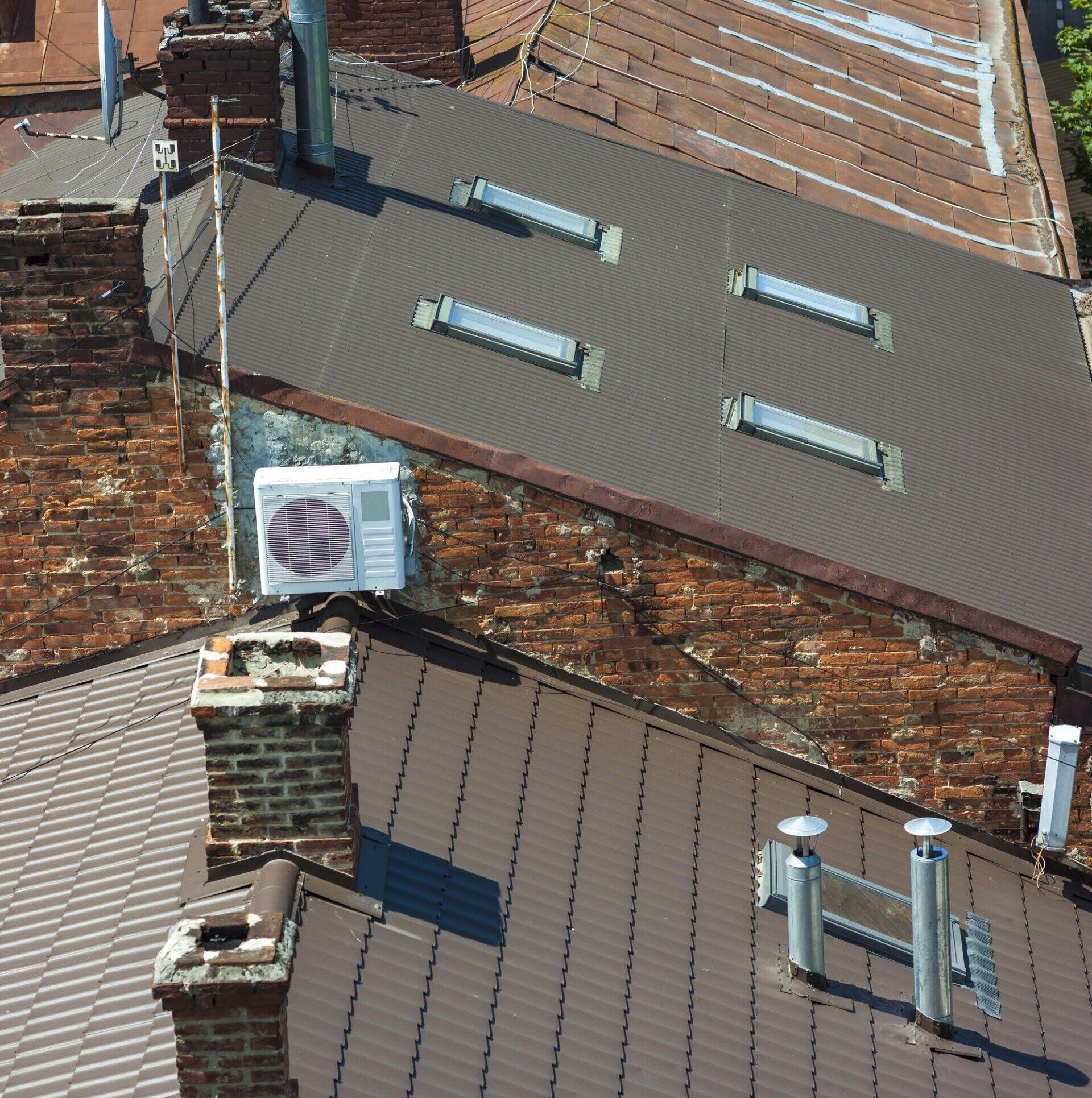Serving Washtenaw, Wayne, Livingston, Monroe, and Lenawee Counties
License #2102192457
7 Factors to Consider When Choosing Roofing Material

Your roof plays a vital role in protecting your home from the elements. Hence, your home's safety and functionality primarily depend on your roof. Knowing the essential role of the roof in a home, you cannot afford to pick roofing material solely based on aesthetics.
If you want to replace your roof or need a roof for a new home, this article is for you. Read on to learn the seven factors to consider when choosing a roofing material.
1. Your Home's Architectural Style
Your roof should match your home's architectural style. If you live in a traditional-style home, traditional options like slate shingles, wood shakes, and tiles will look great on your roof. Contemporary homes look better with metal and asphalt roofing material.
If you live in a community where houses have similar architectural styles, check which roofing materials your neighbors have on their roofs, so you know what goes well with your home.
2. Your Roof's Pitch
Did you know that the slope of your roof determines which roofing material will serve you well in the long term? The pitch of a roof determines the roof's ability to drain water. The steeper a roof is, the better it can drain water.
Asphalt shingles will do for a home with a steep roof. However, if you have a low-sloping roof, choose a material with better moisture resistance. Some roofing materials that suit a low-sloped roof include:
- EPDM/rubber membrane roofs
- Metal roofs
- Built-up roofing
- Clay tiles
Sealants and a good drainage system are also essential for a low-sloped roof.
3. State and Municipality Regulations
Your state's building codes may prohibit using certain roofing materials or recommend using specific materials for different types of roofs. Some municipalities also have building regulations that dictate roofing materials residents must use.
Sometimes, gated communities outline the types of roofing that residents should use for their homes. So before you make a choice, consult your neighborhood administration to know whether there are material restrictions.
4. Local Weather Conditions
The weather in your area affects your roof's lifespan. So when you choose a roofing material, choose one that can withstand the weather conditions where you live.
If you live in a cold area, wood shingles are suitable due to their insulative properties and ability to withstand rain and hail. Clay tiles work well in hot and humid areas, while asphalt shingles suit cold and humid areas.
5. Roofing Material Weight
The weight of roofing material may affect your project's budget and timeline. If you choose a heavy roofing material, the roof increases the labor costs of your project. The structure of your house may also not be able to accommodate heavy roofing. Thus, you might have to make structural changes to your home to ensure it can support the extra weight.
6. Roof Maintenance Requirements
The amount of maintenance a roofing material requires depends on its durability. Less durable options will require frequent repairs and maintenance to last to their expected lifespan. When consulting your roofing contractor, ask them which roofing option within your budget is most durable.
7. Energy Efficiency
The correct roofing material can eliminate climate control issues in your home to reduce your dependence on your HVAC system. An energy-efficient roof can reduce AC usage. As a result, you consume less energy, which reduces your electricity bill.
If you live in a hot area, install roofing that protects against heat and UV rays, such as clay tiles or slate roofing. Examine the thermal properties of each roofing material to ensure you pick one that will reduce your energy costs.
Your choice of roofing material determines the service you will get from your roof. Thus, you need to make the right choice. At Diversified Roofing, we work with you to find the best roofing material for your home and install it for you. Contact us today if you need residential roofing services in Ann Arbor, Saline, Ypsilanti, and the surrounding areas in Michigan.









